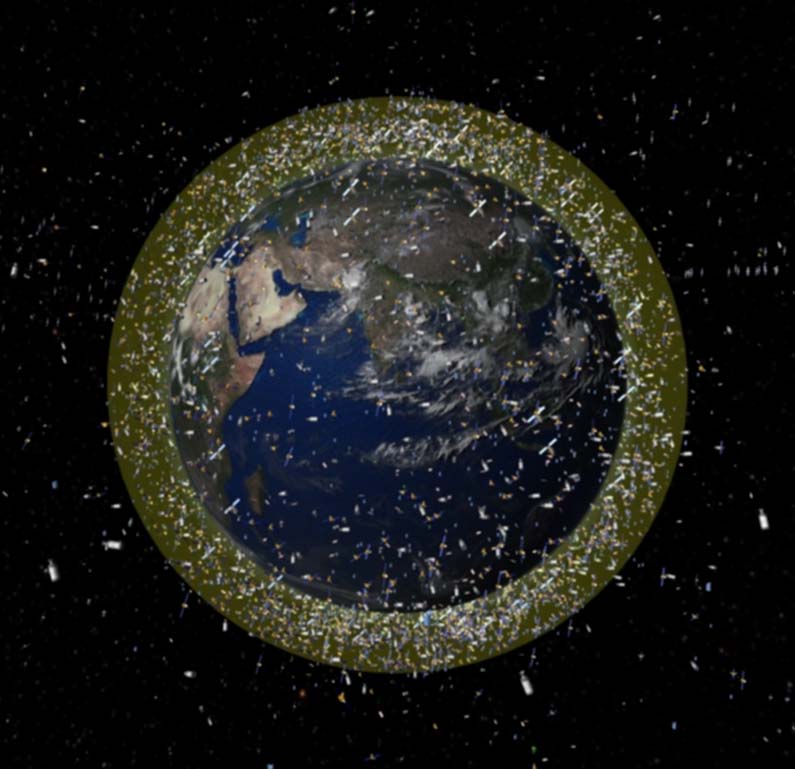Mysterious 'Space Ball' Crashes in Namibia

A strange metal ball dropped out of the sky and slammed into the remote grassland of northern Namibia recently, according to press reports.
The 14-inch-wide (35-centimeter) metallic sphere hit the ground about 480 miles (750 kilometers) north of Windhoek, the African country's capital. It left a crater 13 inches (33 cm) deep and 12.5 feet (3.8 meters) across, the Agence-France Presse (AFP) reported Thursday (Dec. 22).
The metal "space ball" weighs 13 pounds (6 kilograms). It has a rough surface and appears to consist of two halves that were welded together, according to AFP.
The mystery sphere was discovered in mid-November, but local authorities held off on announcing the find until they could perform a few tests. They determined it poses no danger to the public.
"It is not an explosive device, but rather hollow, but we had to investigate all this first," police deputy inspector general Vilho Hifindaka told AFP.
However, Hifandaka and his colleagues still don't know what the object is or where exactly it came from. They've contacted NASA and the European Space Agency for help, AFP reported.
Locals apparently heard several small explosions a few days before the ball was found. Similar spheres have also been found in Australia and Central America over the last two decades, local authorities said.
Breaking space news, the latest updates on rocket launches, skywatching events and more!
Quite a bit of space junk has rained from the sky this year. In September, for example, NASA's defunct Upper Atmosphere Research Satellite (UARS) — a 6.5-ton craft that monitored climate from 1991 until 2005 — plunged into the atmosphere over the Pacific Ocean.
Just a month later, Germany's 2.7-ton Roentgen Satellite (ROSAT) fell to Earth over the Indian Ocean. Nobody on the ground was injured by either satellite crash.
An even bigger spacecraft will plummet to Earth soon. Russia's failed Phobos-Grunt Mars probe got stuck in Earth orbit shortly after its Nov. 8 launch, and it's been circling lower and lower ever since. Most experts predict the 14.5-ton spacecraft will come crashing down by mid-January.
Follow SPACE.com for the latest in space science and exploration news on Twitter @Spacedotcom and on Facebook.
Join our Space Forums to keep talking space on the latest missions, night sky and more! And if you have a news tip, correction or comment, let us know at: community@space.com.

Space.com is the premier source of space exploration, innovation and astronomy news, chronicling (and celebrating) humanity's ongoing expansion across the final frontier. Originally founded in 1999, Space.com is, and always has been, the passion of writers and editors who are space fans and also trained journalists. Our current news team consists of Editor-in-Chief Tariq Malik; Editor Hanneke Weitering, Senior Space Writer Mike Wall; Senior Writer Meghan Bartels; Senior Writer Chelsea Gohd, Senior Writer Tereza Pultarova and Staff Writer Alexander Cox, focusing on e-commerce. Senior Producer Steve Spaleta oversees our space videos, with Diana Whitcroft as our Social Media Editor.
